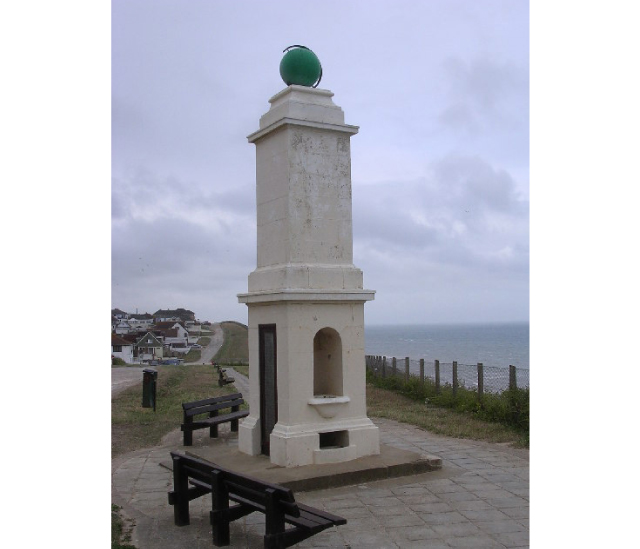The south coast town of Peacehaven has its creation and name heavily rooted in the events of the First World War.
Originally conceived as a ‘Garden City by the Sea,’ Peacehaven was the brainchild of businessman and entrepreneur, Charles Neville. His aim was, on the surface, seemingly very simple: to create a town on the downs by the sea, renowned at the time for its healing properties, where members of the public and, eventually, ex-servicemen would be able to purchase plots of land upon which they could build homes. Soldiers had, since the very start of the war, been told that the defense of areas like the South Downs was an important reason to volunteer for military service. At the conclusion of the war, the failure of the ‘homes for heroes‘ programme would also serve to convince people of the merits of buying their own land.
However, the actual process and evolution of Peacehaven was far more complicated than it might at first appear. First established in 1916, the name of the town itself was chosen several times through a series of competitions run by Neville. Neville would choose the winning name and whomever had submitted it would receive £100 (not a small amount of money at the time) and a free plot of land. Interestingly, the runners up would also receive free plots but would have to pay a £50 conveyancing fee in order to claim them. There were also 12,500 runner up plots available meaning that people claiming them promised to be a significant money earner for Neville. The dubious merits of this competition led to Neville being sued by the Daily Express, the newspaper in which he had advertised the competition in the first place, over suggestions that it was little more than a fundraising scam. The Express would eventually win the lawsuit but by the time they did the publicity had already insured that Neville had achieved his goal.
The first name of the town was New Anzac-on-Sea as a tribute to the soldiers from Australia and New Zealand who were fighting overseas. Many of the roads in the town were also to be named after noteworthy battles, with; Louvain, Marne, Mons, Loos, Festubert, Salonica and Ypres Avenue all in the early plans. However, it was soon decided that such names were inappropriate for utlisation in town planning. The term ‘Anzac‘ was viewed as particularly sacrosanct after the events and sacrifices made at Gallipoli. In response, Neville held yet another competition. It has been previously suggested that the winner of this competition was an Ethel Radford from Leicestershire who suggested the name ‘Peacehaven’. However, Neville’s own memoirs published in the Peacehaven Post claimed ‘Peacehaven’ was his suggested name. Neville was not the most reliable source as to the details regarding these competitions and evidence either to his own claim or the Radford story remain illusive.
Whilst there were significant numbers of people who would claim the plots of land, building on them was more expensive and problematic and, for a time, meant that Peacehaven had no real logical layout. In the post-war period, town planners and social commentators would come to regard Peacehaven as embodying many of the worst aspects of Britain at the time. In the following years, Peacehaven would eventually grow into a recognisable town. The town became further noteworthy for being the point on the south coast through which the Greenwich Meridian Line enters and exits the country.
Peacehaven remains the only town in the United Kingdom to be named after peace.
This story was updated in February 2017, following further information by Stanley ernard, author of ‘Peacehaven and Telscombe through Time’ and ‘News from Victorian Newhaven’.
Sources
‘Blighty Brighton’ – By Queenspark Books
New Anzac Musings – Blog








